Tagged young turtles could recover ‘lost years’
(CNS): Scientists are hoping that a new research project in Grand Cayman could reveal the ‘lost years’ of marine turtles. Thirty juvenile green sea turtles of varying ages that were all raised at the Cayman Turtle Conservation and Education Centre (CTCEC) have been fitted with tiny tracking devices and released directly into the sea to help researchers learn more about the lives of young turtles after they hatch and before they return to nest. Up until now, it has been difficult to find and study turtles in the ocean due to the deep water and their vast ranges.
Previous research has relied on techniques such as drift simulations, mark-and-recapture studies, and visual observations, resulting in conflicting theories about sea turtles’ lives. But this new project, a collaboration between Upwell Turtles and the CTCEC, is using tiny devices attached to the shells of the turtles that will enable the scientists to follow them and study how they interact with the environment.
The project is headed by Dr George Shillinger, Executive Director of Upwell, and Dr Helen Bailey of the University of Maryland Center for Environmental Science. Nicole Barbour, Upwell researcher and doctoral student at the University of Maryland, will be analyzing the data as part of her graduate research.
The turtles were raised at the CTCEC until they were large enough to be released with a favorable chance of survival. Before they were released the turtles were divided into three different age groups: 1-2 years, 2-3 years, and 3-4 years. The turtles were simultaneously released from the same location, so researchers will be able to observe how the different ages move through and interact uniquely with their environment.
“Endangered sea turtles face high mortality rates due to threats in our oceans, including fisheries bycatch, ship strikes, pollution, climate change and other detrimental human activities,” Shillinger said. “This research may provide critical information that will help conservationists protect them throughout their lives, because protecting turtles when they’re on the shore simply isn’t enough.”
“Pre-Columbus estimates of Green Sea turtle populations in the Caribbean range from 33 to 39 million,” said Dr Walter Mustin, Chief Research and Conservation Officer at CTCEC. “Historically, the Cayman Islands has been considered the most important breeding and nesting area in the Caribbean. Today, this breeding population has been reduced to roughly 100 females and the IUCN Red List lists the green turtle as being ‘regionally extinct’ in the Cayman Islands.”
He added that the data collected from this collaborative research project will help researchers understand more about the movements and behavior of juvenile greens and how to better conserve and protect them.
The satellite tags were developed and defined by Dr Jeanette Wyneken and her team at FAU Boca Raton. Upwell researcher and FAU postdoctoral scholar Dr Sean Williamson and FAU doctoral student Emily Turla accompanied the team and assisted with training them in tag attachment. The turtles were tagged with titanium flipper and Passive Integrated Transponder (PIT) tags, so they can be identified if encountered in the future.
Sea turtles are known to use the Earth’s magnetic field to navigate, but the mechanisms underlying that navigation and age-dependent behavioral shifts are poorly understood. Ocean currents and other environmental variables also influence sea turtles’ dispersal, movement, and behavior. This research will examine how variables such as age and size may influence turtles’ likelihood of encountering the best foraging habitats.
“We expect that younger juveniles will utilize open-ocean habitats and older juveniles will spend more time on the ocean bottom,” Barbour said. “This project is an opportunity to confirm what has only been speculated about so far.”
- Fascinated
- Happy
- Sad
- Angry
- Bored
- Afraid
Category: Marine Environment, Science & Nature





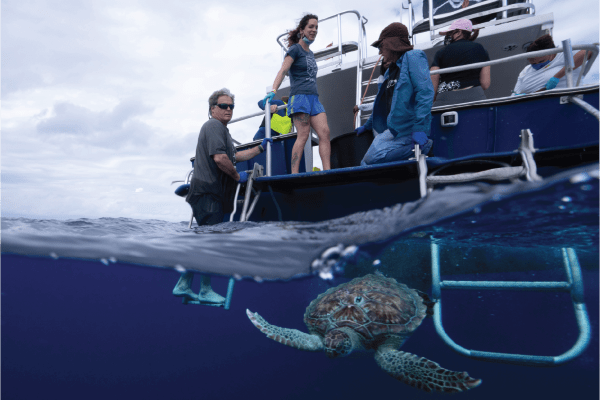

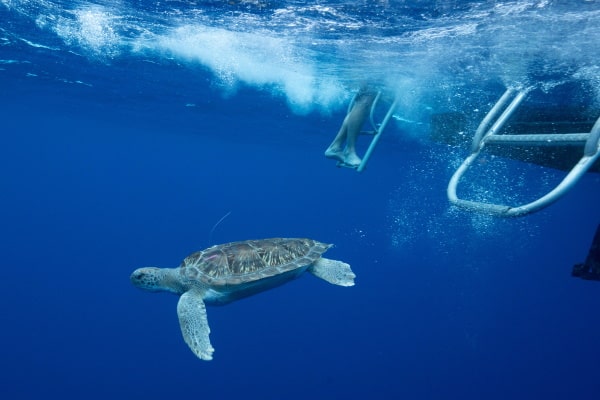
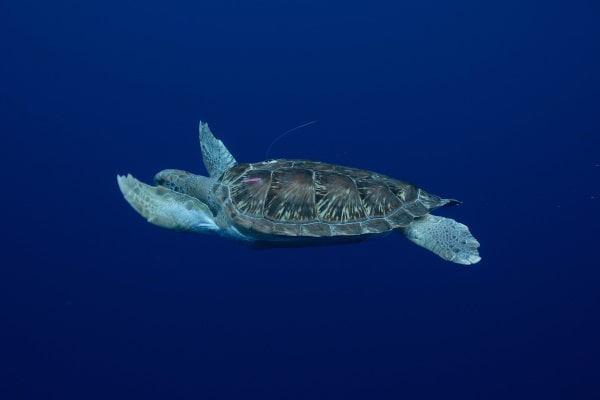

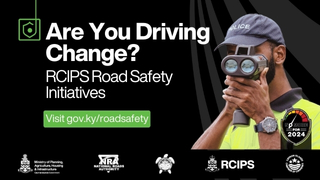








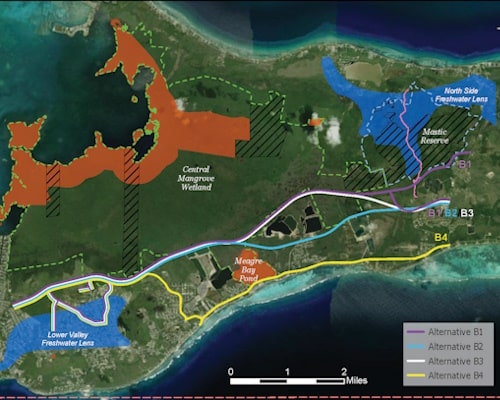
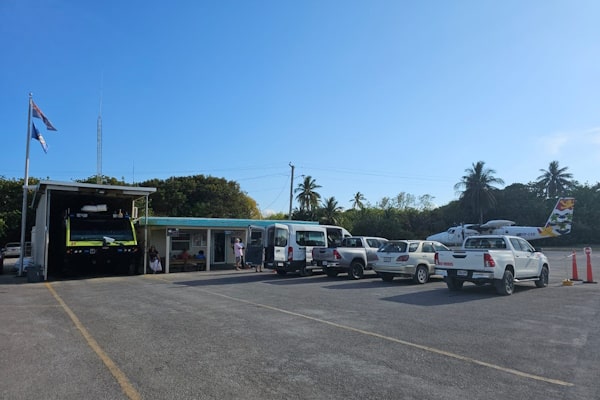
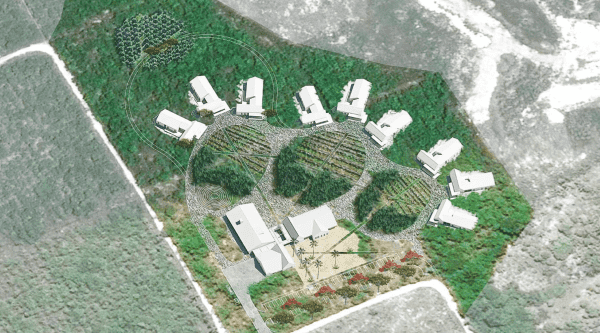















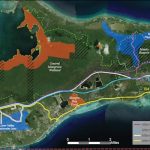



If we didnt eat them there wouldnt be any left. You probably live on their nesting ground. Idiot
If you didn’t eat them, that would help thier numbers. But since you haven’t come out of the stone age, that might take a while.
Delicious.
Dr. Wyneken and the FAU Boca Raton team were recently featured on a South Florida station demonstrating these tags in a turtle release. Maybe this? Cayman wasn’t mentioned.